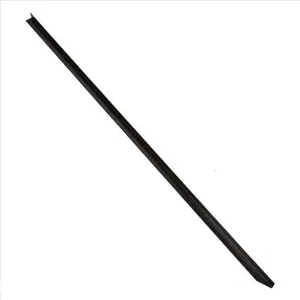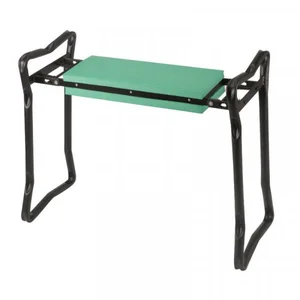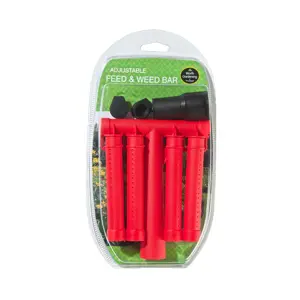Description
Taking a pH Reading
-
Some plants require a particular soil pH in order to grow and thrive
- To help choose the right plants for your garden use the Combination pH & Moisture Meter to check the pH of your garden soil
Preparing the Soil
-
Remove stones, leaves and twigs from the surface of the soil
- Loosen the soil with a trowel to a depth of 10 – 15cm
- Wet the soil with water (preferably rainwater) to a muddy consistency
- Lightly clean the pH probe but not the tip using an abrasive material/scourer (not included)
- Wipe away any powdery deposits with a paper tissue
- Push the probe vertically into the soil to a depth of 10 – 15cm
- Take a reading after 60 seconds
- Remove, clean and prepare probe as previously described. Repeat above by inserting the probe into a different but adjacent point to check the first reading
Interpreting the pH Reading
pH 3-6 Acidic
pH 7 Neutral
pH 8-10 Alkaline
- To reduce acidity apply 300g/m² of ground limestone for every 1 pH increase required
- To increase acidity apply 70g/m² of sulphate of ammonia
Checking Moisture Content
-
Houseplants and outdoor plants grown in hanging baskets and containers need the right amount of water to produce the best results
- Use the Combination pH & Moisture Meter to prevent over or under watering by checking the moisture content of the soil or compost before watering your plants
Taking a Moisture Reading
- Push the probe vertically into the compost mid-way between the plant and the edge of the pot. A reading can be taken immediately
Interpreting the Reading
- Red zone = Dry. Suits Cacti and Sansevieria
- Green zone = Damp. Suits most plants
- Blue zone = Wet. Suits aquatic plants
Taking Care of the Combination pH & Moisture Meter
-
Remove the probe from the soil or compost after taking a reading
- Always wipe the probe clean after use
Specifications
-
EAN code5024160825858




